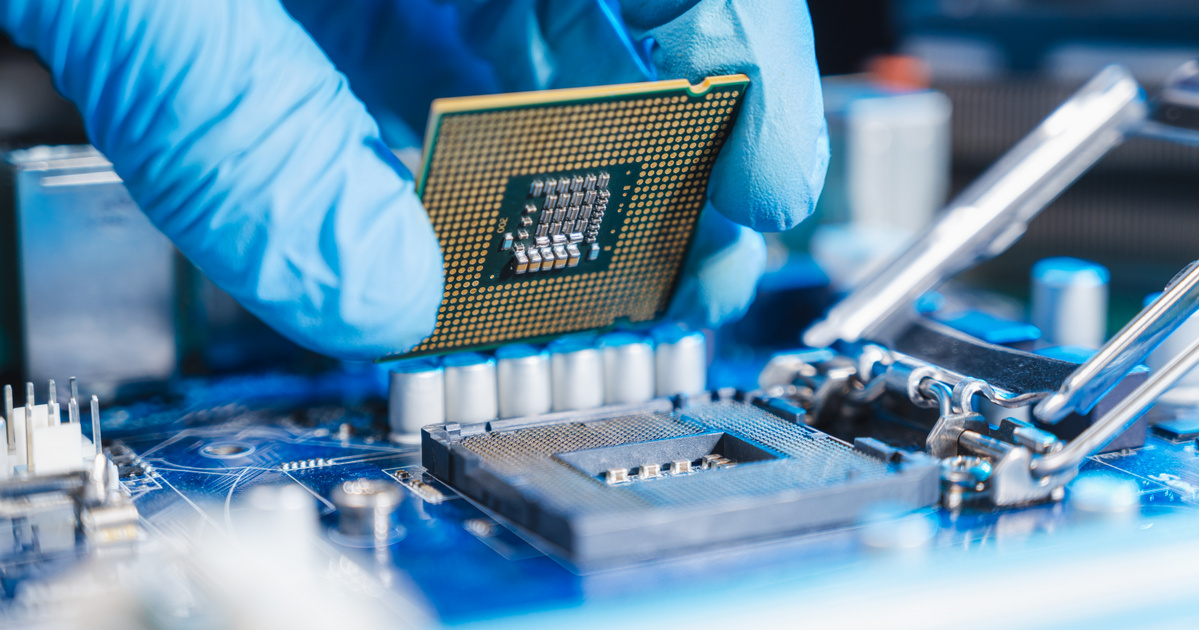A software solution developed by researchers at the University of California has doubled the speed of calculations and cut energy consumption in half. Process management called simultaneous heterogeneous multithreading, or SHMT, has only run on test devices so far, so doubling smartphone performance for the reader has not yet been reached, but we can't really say we're too far away from that.
You don't need more processors because you already have them
said Hongwei Zeng, IT engineer at UCR.
For speed and efficiency, it has long been a proven solution for modern computing devices to distribute operations over several processor cores. In addition, the graphics processor takes over rendering tasks, and processors that support AI operations are also integrated into the latest devices.
Parallelism is a great thing, but one of the weaknesses of this system is that it assigns a process to one core, so it may happen that half of the processor cores are loaded and the other is idle, and internal data movement between the cores is reduced. Processors also slow down the process.
Less power and less cooling
SMTH approaches parallelism by trying to take advantage of the versatility of different processors of a heterogeneous system, all through the visibility of virtual machines, but at the same time determining which tasks are suitable for a particular processor type and thus partitioning the high-level tasks.
For testing, the researchers built a data center server-like computer around a typical smartphone configuration, which includes a quad-core ARM Cortex-A57 processor, an Nvidia graphics processor, and a Google Edge Tensor processor. The traditional multi-threaded and heterogeneous operation of the device running Ubuntu Linux was tested on a series of benchmarks – the end result showed a very impressive 1.95 times the computing power and a 51 percent reduction in power consumption.
Not only is the result important because it makes the phone look better, the reduced power demand is also very important, because it can also significantly reduce the environmental footprint and water consumption of a larger server core.
The researchers pointed out that although their idea is successful and has serious potential, the real challenge – which does not have to be dealt with in traditional multithreading – is the high-quality implementation of task partitioning.
(New Atlas, Science Alert, Wikipedia)














































